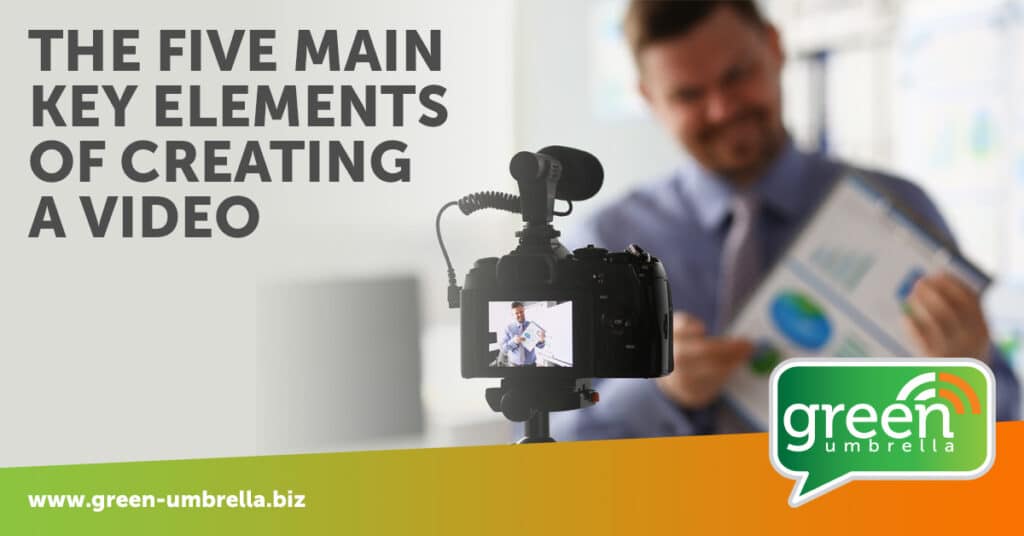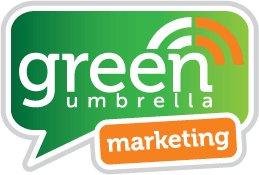The Five Main Key Elements of Creating Video for Social Media

The Five Main Key Elements of Creating Video for Social Media

If you have not yet embraced the world of video for social media, then please consider this as part of your social media strategy. If you choose not to do this, then I guarantee that you will be forever playing catch up. It is estimated that 85% of businesses now use video as a marketing tool and we can easily see the signs. Our LinkedIn and Facebook feeds are full of video clips, we have micro-videos on platforms such as Twitter, Instagram and Snapchat, and Stories. TikTok heralded a new format of video and then there was the development of Reels. Today, social media management includes more than just coming up with creative content ideas. It’s now just as important to make decisions and commit to which content formats to use. If you have teenage children you will know that they spend more time watching YouTube than they do watching regular TV – and research shows that over 60% of adults now use smart TVs to watch Youtube video so it isn’t just the kids anymore! (Why the rise? As well as short-form video there is also a rise in the use and need for episodic content).
The competition is rife, and if you don’t want to get left behind then upping your video game is essential. Below are five key elements to consider when creating video for social media.
There is no magic formula
For your content to have any traction, you need to make sure that your videos include one of these three elements
- Solving a problem
- Adding value to the viewer
- Entertaining your viewer
Great content is not enough
Having great video content is not enough. You need to get eyeballs on your content, and this means adding your videos to platforms that have been created for public consumption. Many people feel that adding a video to Vimeo or Wistia makes your videos appear more professional. I agree. If I was creating a professional video and showcasing my products and services, then I would certainly add it to Vimeo. These videos look so much better when embedded into a website and give that polished look; you can also rest easy knowing that any ‘suggested video’ that follows won’t bring up anything too embarrassing!
BUT, if you are creating short-form video for social media such as ‘How-to’ tutorial videos or using screen share via PowerPoint, video of your team completing a charity challenge, vlogs, etc., then these types of videos need to be published on a platform that is built for audience consumption, namely Facebook, YouTube, LinkedIn, Twitter or Instagram.

Remember, Facebook & YouTube need to make money!
How do these platforms make money? If you said “advertising” then you would be correct. Facebook, YouTube, LinkedIn, Instagram, TikTok – they all need people to spend more time on their platforms. The more time I spend on Facebook as a user, the more adverts Facebook can feed me, which of course means Facebook can make more money! So uploading a YouTube link to your Facebook page will NOT generate good reach for your video, as you are sending users away from Facebook.
Golden rule: Always upload your native video to Facebook. Never add a YouTube link to Facebook.
(OK, there is a caveat to this – only share Youtube links on other platforms when your goal is to increase your YouTube presence! Not when you actually want the content to be consumed on that platform to which it has been posted.)
Hold on. This article was supposed to be about the key elements your video should include. There is an art to creating video for social media so let’s work through these elements.
Element #1 – A Hook
A hook is a short ‘promise’. Your hook should answer any of the following questions and should not be longer than 20 seconds (the shorter, the better).
- Why should they watch the video?
- Why stick around?
- What’s in it for them?
- What pain will you be solving?
- What are the benefits to them in watching your video?
- Why they don’t want to miss out!
There are two places to use a hook:-
- Start of the video > within the first seven seconds
- Throughout the video > reminding them of what is still to come
Element #2 – Video Introduction
Does your video include a very short introduction? Your introduction should be announcing the presenter, and perhaps their credentials, along with a quick overview or summary of the content that you are going to cover. The introduction should not exceed 30 seconds and should be succinct – stick to the point!
Element #3 – Delivery
Deliver your content. I know this sounds crazy, but I have often watched YouTube videos, and the presenter has skirted around the main topic and waffled on about everything else except the content I was expecting. Your video needs to be planned. If you create videos off the cuff, then this is best left for live streaming, not video creating. Above all, deliver on your promises!
I am often asked how long should a video be? My answer is as long as it needs to be! As long as you get to the point without going off topic and away from the main content. Some of my videos are 1 minute long, others are 40 minutes long. It really does depend on the content and value that you are providing.
Element #4 – Bonus/Offer
Bonuses are things that will help your viewers on the next step of the journey. Always OVER deliver! A bonus could be an action plan, a template, or additional tips. Give them the wow factor! Read their mind! You can offer a promise of a bonus at the beginning or middle of your video (hook).
Element #5 – Call to Action
Your call to action should be less than 20 seconds. Please only add ONE call to action. Multiple calls to action throughout your video will have the opposite effect of what you are trying to achieve. To help you decide on a strong call to action think about the business goal of the video. Perhaps it is to grow your audience, increase email opt-ins or drive traffic to a landing sales page?
There are three types of ask:
- Small ask > like, comment, share, subscribe
- Bigger ask > email opt-in, lead magnet
- Huge ask > a sale
If you are just starting out with video creation, then your main objective is to grow your audience. You need an audience before you can gain trust. If you are at the infancy stage of video creation, then request the small ask. Once you have 1000 subscribers on your YouTube Channel, or you have over 2000 followers on your Facebook page then you can perhaps increase your calls to action to a “bigger ask”. Only once you have complete buy-in from your audience can you progress onto the ‘huge ask’. No matter what, try to sign off with a similar call to action at the end of each video.
Summary
Do you have a YouTube Channel, a vlog or a Facebook page that regularly produces video content? If so, then please share them with us – I’m sure we can all learn from each other. Here’s a link to the Green Umbrella YouTube Channel, just click here, and I’d love it if you’d hit subscribe!

Christina Robinson is the Managing Director of Green Umbrella Marketing. She provides Social Media Training and Coaching for a range of clients throughout the UK.
Share this!

